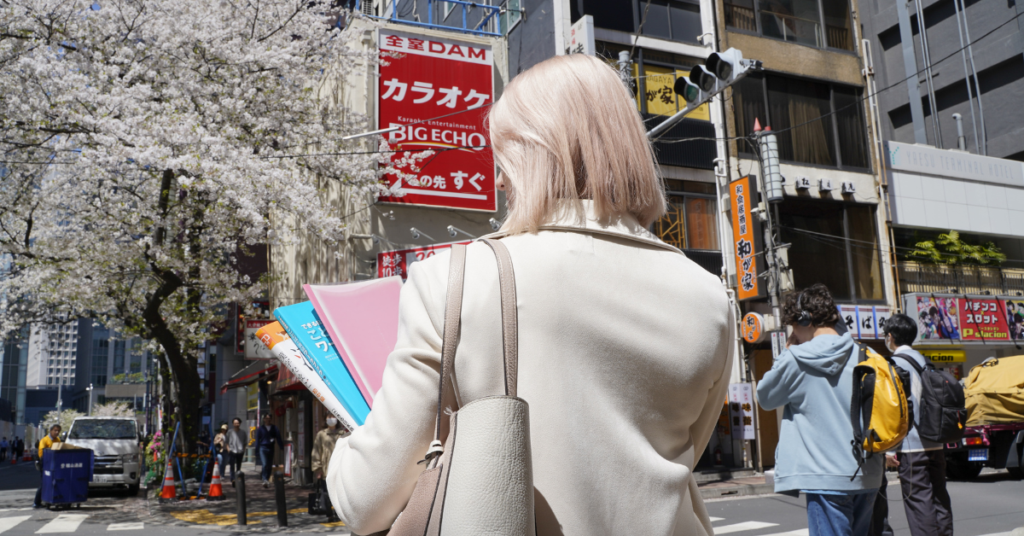A Japanese resume, known as a rirekisho (履歴書), is a standardized document essential for job applications in Japan. Understanding its structure and content is crucial for job seekers aiming to succeed in the Japanese job market.
Unlike resumes in many Western countries, which allow for customization and creative formatting, the Japanese rirekisho follows a strict template with specific sections that must be completed. For foreigners seeking employment in Japan, mastering the rirekisho is especially important, as it shows an understanding of Japanese business culture.
Follow our step-by-step guide to create your first Japanese resume and land a job in Japan.
Step 1: Obtain the rirekisho form
The rirekisho follows a standardized format. You can purchase a Japanese resume in the physical form at stationery stores or convenience stores in Japan. Alternatively, digital templates are available online, such as the one provided by Rirekisho Builder.
Step 2: Adding personal information (個人情報)
Begin by filling in your personal details:
- Name (氏名): Write your full name in kanji (if applicable) and provide the phonetic reading in furigana (hiragana or katakana) above it.
- Date of Birth (生年月日) and Age (年齢): Use the format “Year (年)/Month (月)/Day (日)” and specify your age as of the application date.
- Gender (性別): Indicate male (男) or female (女) by circling the appropriate option.
- Address (現住所): Write your current address in Japanese format, including postal code.
- Contact Information (連絡先): Provide your phone number and email address.

Step 3: Photograph (写真)
Attach a recent, passport-sized color photograph in the designated area. There are usually photobooths in train stations, and sometimes outside supermarkets and around shopping malls in Japan that take photos specifically for a Japanese resume.
Step 4: Educational background (学歴) and work experience (職歴)
List your academic history and employment record in reverse chronological order:
- Educational Background (学歴): Include the names of institutions, majors, and dates of attendance.
- Work Experience (職歴): Detail your job titles, company names, responsibilities, and employment periods.
Use the term “以上” (end) after completing each section to signify its conclusion.
Step 5: Licenses and certifications (免許・資格)
List relevant licenses, certifications, or qualifications, along with the dates obtained on your Japanese resume. For example, language proficiency tests or technical certifications pertinent to the job.
Step 6: Skills and hobbies (特技・趣味)
Highlight skills that may benefit the role, such as computer proficiency or specific talents. Mention hobbies to showcase your personality and potential cultural fit within the company.
Step 7: Motivation and aspirations (志望動機・本人希望記入欄)
Similar to a cover letter in Western countries, in this section of your Japanese resume, explain the reasons for applying and your career goals. Tailor this section to each application, demonstrating your interest and alignment with the company’s values.
Step 8: Commuting time (通勤時間)
Estimate the time required to commute from your residence to the workplace. This information helps employers assess your punctuality and reliability.
Step 9: Date and signature (日付・署名)
Conclude by signing and dating the rirekisho. Use the submission date to ensure accuracy.
The unique job hunting structure for new graduates in Japan
In Japan, the job hunting process, known as shūkatsu (就活), is a highly structured system that begins early in a student’s academic career. Typically, students going to university in Japan start their job search during their third year, attending company information sessions and career fairs. This process is synchronized nationwide, with companies following a similar recruitment schedule.
The uniformity of the rirekisho ensures that all applicants present their information consistently, facilitating a fair comparison. For new graduates, crafting a good rirekisho is essential, as it serves as the first impression to potential employers.
Ready to start crafting your Japanese resume?
Mastering the rirekisho is crucial for anyone aspiring to work in Japan. By meticulously following the standardized format and providing accurate information, you enhance your chances of success in the competitive Japanese job market. Understanding the cultural significance and expectations surrounding the rirekisho will further demonstrate your commitment and adaptability to prospective employers.












